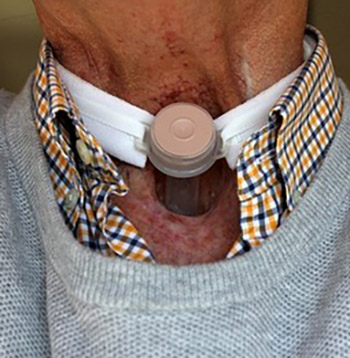Head and Neck Malignancies in Croatian Renal Transplant Recipients
DOI:
https://doi.org/10.17305/bjbms.2010.2644Keywords:
renal transplantation, malignancy, head, neckAbstract
Renal transplantation is associated with increased incidence of cancer. We reviewed a large series of renal transplant recipients to determine the incidence and outcome of patients with malignant changes located at the head and neck. A total of 1232 renal transplant recipients have been followed at Department of Dialysis University Hospital Centre Zagreb from 1972 to 2009. Demographic data, localization and disease outcome were evaluated in patients who developed cancer. Twenty one patients (1,7%) developed 27 head and neck malignancies. The average time from transplantation to development of cancer was 56,8 months. The mean length of follow-up was 9,4±4,8 years. Eighteen malignancies were cutaneous in origin and 9 were noncutaneous. Of cutaneous malignancies, 88.9% were basal cell carcinoma; one patient had Merkell-cell carcinoma and one patient developed squamous cell carcinoma. Six cases of basocellular skin cancer were recorded in one fair-skin patient. Noncutaneous malignancies involved the oral cavity (2 cases of Kaposi’s sarcoma and one pharyngeal cancer) and the thyroid gland in 3 patients each. Two patients had post-transplant lymphoproliferative disorder occurring at the head and neck. One patient had brain tumor. Radical surgery, radiation, and/or chemotherapy were necessary in 33,3% of patients. Immunosuppression was reduced in all patients, and 12 patients were switched from the calcineurin-based immunosuppression to sirolimus. They all have stable graft function. None of the patients died from cancer. Immunosuppression was ceased in one patient with Kaposi’s sarcoma who returned to dialysis and died 10 years later from heart failure. An increased incidence of cancer occurring in the head and neck was recorded. Careful skin examination and oral examination is mandatory for discovering cancer before dissemination. Sirolimus is safe alternative to calcineurin-based immunosuppression in patients who developed head and neck malignancies.
Downloads














